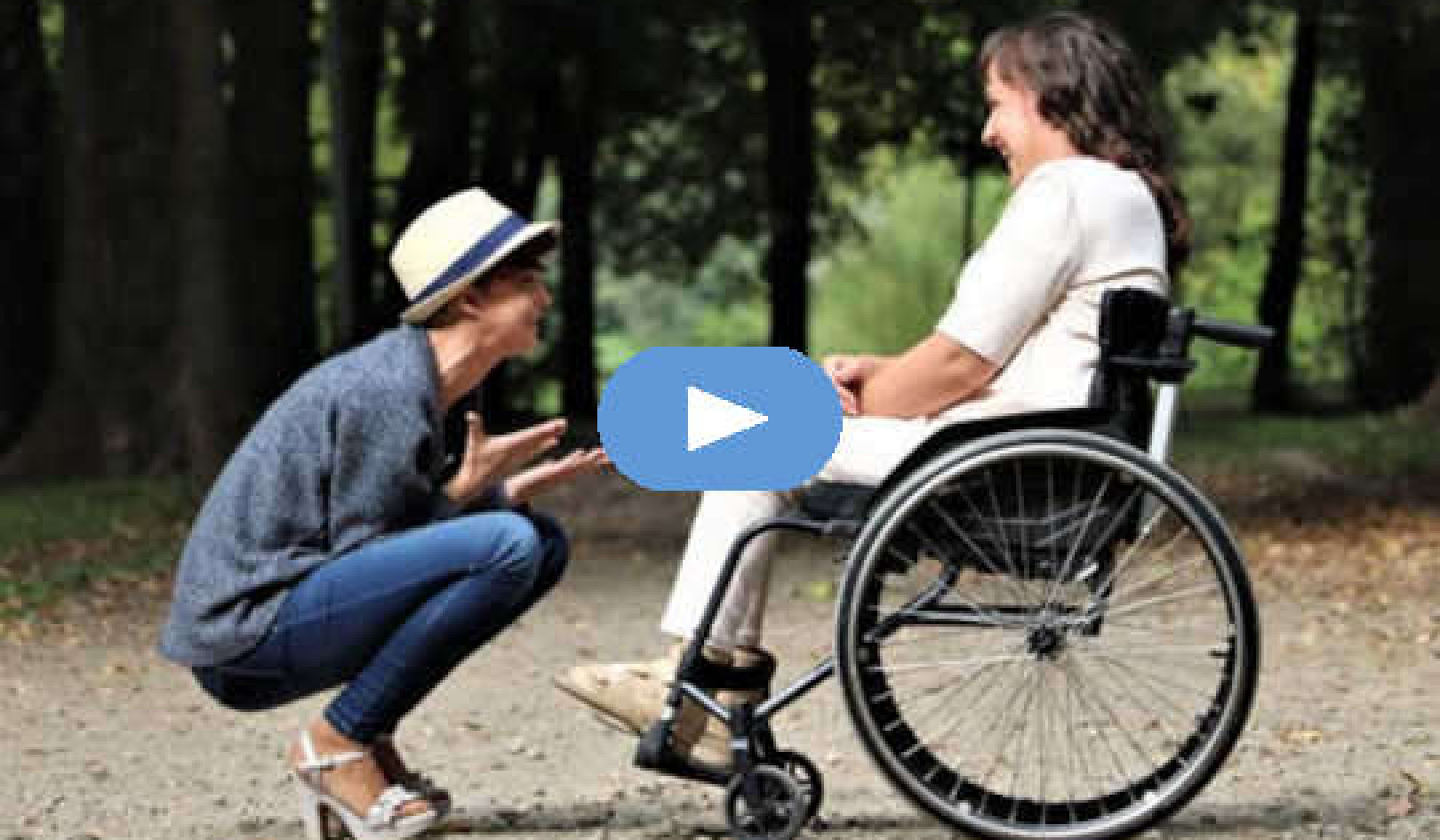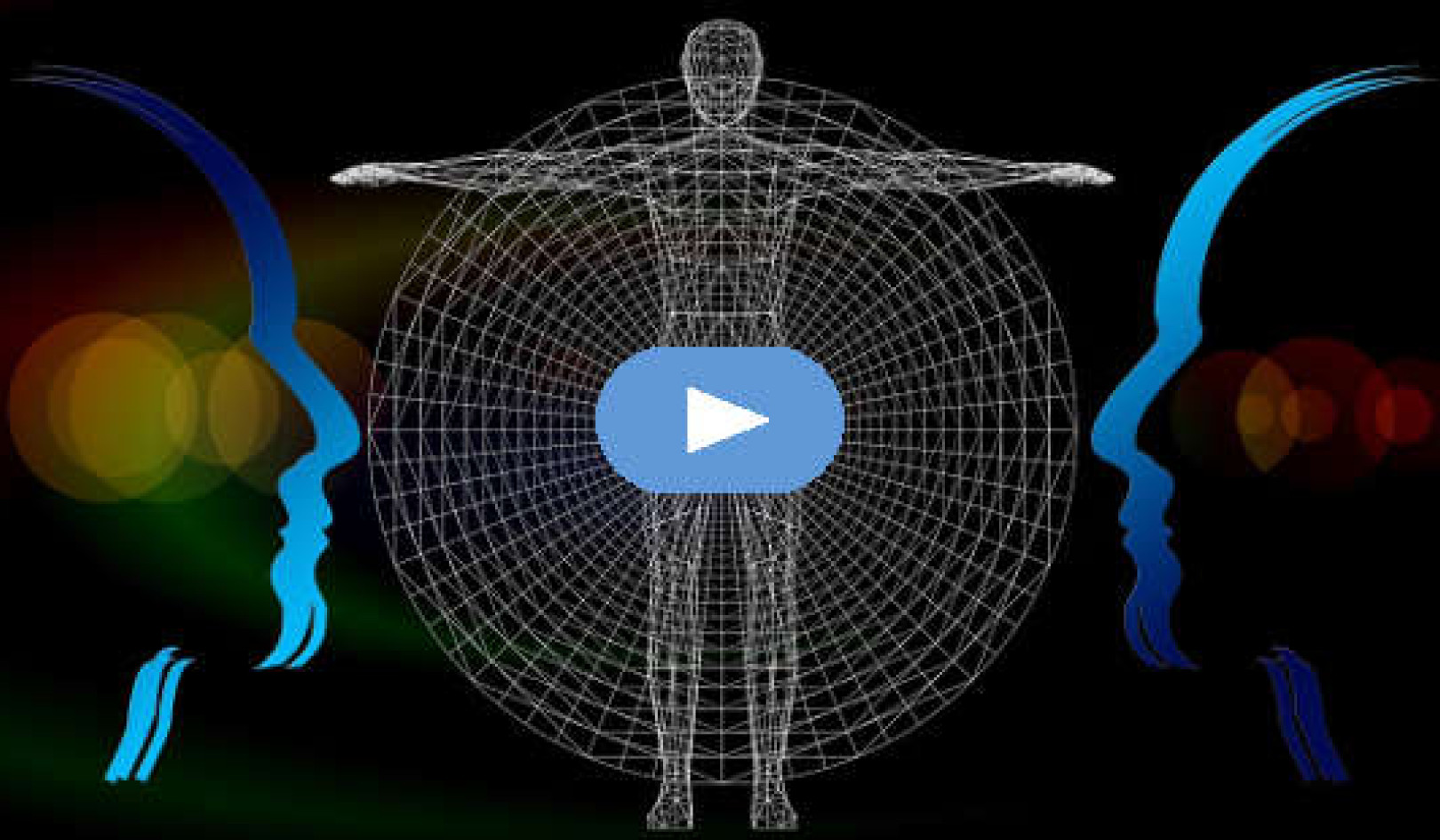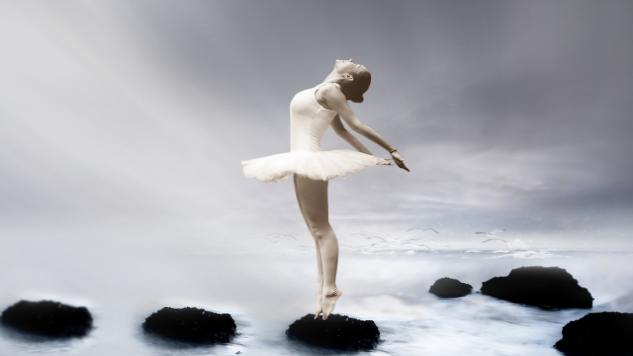
Image by NoName_13 from Pixabay
Since part of my expertise is in the fighting arts, I can ground these points in that context. But just as many fields use the principles found in Sun Tzu’s Art of War, you must translate these principles into forms appropriate to your field of interaction.
Most of us have a real challenge translating principles learned in one field to another field, even though they might well apply. You need to be able to apply any learned principles to your field and to other fields as well. Unless you experientially understand the principle itself—not just the description or method used to invite you to get it—and are able to live it, breathe it, and “be” it, mastery will remain elusive.
A Couple of Actions Useful for Effective Interaction
I would like to propose two activities that should be taken into account in order to produce the best results most effectively.
Principles of an Effortlessly Effective Body
Correct body-awareness and use obviously increases the effectiveness of and the possibilities available within any physical activity. Let’s look at this assertion using just a couple of examples, those of balance and centered unity.
Balance
Balance is a key aspect of any physical activity. If my balance isn’t good, I will be clumsy in my attempted actions. In all physical interactions—and metaphorically, in nonphysical interactions—balance is essential. Without balance one loses power, mobility, responsiveness, ability, and so on. So, we can see that remaining well-balanced should be a constant.
For example, without good balance I can’t immediately move in any direction that I want. If I am falling a bit to the left, for instance, I can’t suddenly leap to my right. This restricts what possible actions I can take in the interaction, thus restricting the amount of actions available to me as well as my ability to do them.
Apply the principle of balance to your domain and notice that even if your field is primarily non-objective, this principle still contributes to your effectiveness. In business, for example, you can see that being balanced in your own mind, in your relationships with others, and in your plans and actions will always increase effectiveness.
If your strategy is not balanced, perhaps leaning blindly in one direction and leaving yourself exposed in another, you can be devastated by incorrect assessments or unexpected developments. On the other hand, if you are balanced in your dealings and strategy, when the unexpected occurs you are better able to manage it and make appropriate changes.
Centered Unity
Balance is only one principle. This same dynamic applies to every other body principle, such as always being sensitive and aware of the whole body, being centered, being relaxed, being calm, aligning to the proper structural elements of the body, and so on. Being sensitive to and aware of the body and keeping it constantly aligned to the principles that are most effective and effortless allows the greatest chance for being skillful.
As I’ve mentioned, a fundamental shift is translating each of these distinctions into one feeling-sense. When it comes to physical actions, a powerful commensurate feeling-sense is to position your feeling-attention in the center region of the body, and connect the whole body to the center. This helps unify and relate all that is occurring in every part of the body into one balanced feeling-experience. It provides a body awareness and orientation that accomplishes in one instant what might otherwise require many longer or abstract processes to accomplish.
This central feeling-awareness allows you to receive incoming data in a form that is appropriate to a creative response. In physical endeavors, it relates to and unifies all parts of the body so they can work together more efficiently. It allows a sense of relationship to everything that is going on as a whole with others and your own body in each moment. In social or business or dialogue-based interactions, feeling-awareness also serves to ground your experience and keep it from becoming overly intellectual or abstract, and it brings about a stronger sense of presence and certainty.
Decades ago I used to teach a body-being course that was open to anyone. One course was attended by the then University of California Berkeley water polo team captain. In the next course, he came back and brought the entire team. Of course, the principles and dynamics taught had to be applied to being in water and the actions of water polo, but after the course that year they won the U.S. water polo championships. Did the body-being work contribute to their success? I like to think so.
Mastery in the NonPhysical Domains
Although these principles are essential for mastery in a physical endeavor, they are also quite useful in the nonphysical domains. Have you ever noticed that someone’s posture and body presence influences not only how they are received, but also indicates what they think of themselves and their level or lack of confidence? When someone exudes a sense of being centered, or has an air of spatial awareness, this will be seen as powerful and solid and influence the assessment of others. One’s physical awareness has an impact on nonphysical aspects of relationship, and as mentioned, the various principles involved can be applied powerfully in an appropriate form to your particular endeavor.
Being balanced or centered are just two principles. I use them as examples, but remember, you must always leap beyond the examples. Consider the matter, investigate, study, and look into the overlooked obvious.
Keep an effortlessly effective and sensitive
body awareness.
Copyright ©2023. All Rights Reserved.
Adapted with permission of the publisher,
Park Street Press, an imprint of Inner Traditions Intl..
Article Source: The Art of Mastery
The Art of Mastery: Principles of Effective Interaction
by Peter Ralston.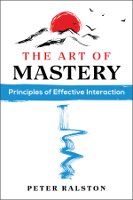 In this detailed guide to what it takes to master something, Peter Ralston examines the powerful dynamics behind the art of mastery. He explores the foundational skills and operating principles that empower mastery, including the principle of effective interaction, the mind-body alignment principle, and creative intelligence. Examining “reaction” versus “response,” he looks at how to control your mind and transform your perceptive- awareness so that what you are experiencing aligns with what’s actually occurring—the first step toward reaching your objectives.
In this detailed guide to what it takes to master something, Peter Ralston examines the powerful dynamics behind the art of mastery. He explores the foundational skills and operating principles that empower mastery, including the principle of effective interaction, the mind-body alignment principle, and creative intelligence. Examining “reaction” versus “response,” he looks at how to control your mind and transform your perceptive- awareness so that what you are experiencing aligns with what’s actually occurring—the first step toward reaching your objectives.
Sharing methods to overcome the major obstacles to mastery, he presents a step-by-step breakdown of the principle of effective interaction and explains how to adapt when the people or objects you’re interacting with are working contrary to your goals, including in sports, business, warfare, politics, or any arena in which you’ve committed to pursuing mastery.
Click here for more info and/or to order this paperback book. Also available as an Audiobook and a Kindle edition.
About the Author
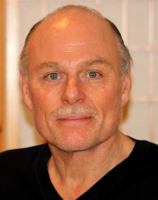 Peter Ralston is a founder of the consciousness movement in the San Francisco Bay area and the creator of the Art of Effortless Power, an internal martial art based on effortlessly effective interaction. Born in San Francisco but raised primarily in Asia, he began studying martial arts at the age of 9 in Singapore. By the age of 28 he had black belts or expertise in almost every martial art there is and was developing his own Art of Effortless Power. In 1978 he became the first non-Asian ever to win the World Championship full-contact martial arts tournament held in the Republic of China. The founder of the Cheng Hsin Center and the author of several books, including The Book of Not Knowing, he currently lives outside of San Antonio, Texas.
Peter Ralston is a founder of the consciousness movement in the San Francisco Bay area and the creator of the Art of Effortless Power, an internal martial art based on effortlessly effective interaction. Born in San Francisco but raised primarily in Asia, he began studying martial arts at the age of 9 in Singapore. By the age of 28 he had black belts or expertise in almost every martial art there is and was developing his own Art of Effortless Power. In 1978 he became the first non-Asian ever to win the World Championship full-contact martial arts tournament held in the Republic of China. The founder of the Cheng Hsin Center and the author of several books, including The Book of Not Knowing, he currently lives outside of San Antonio, Texas.
More Books by the author.























